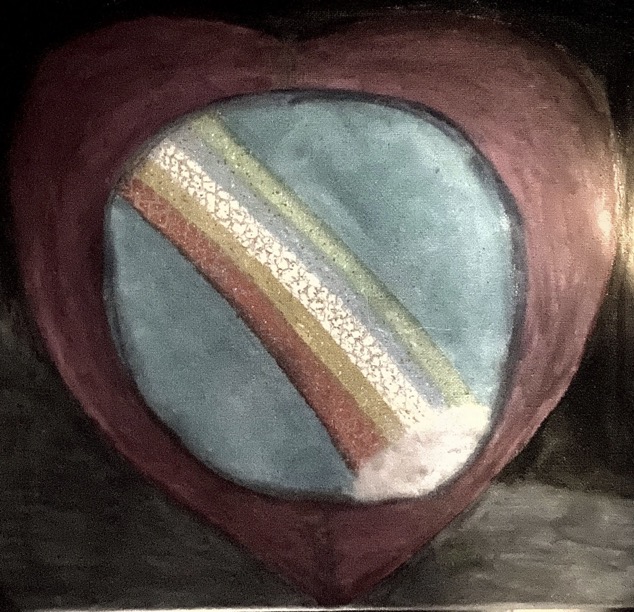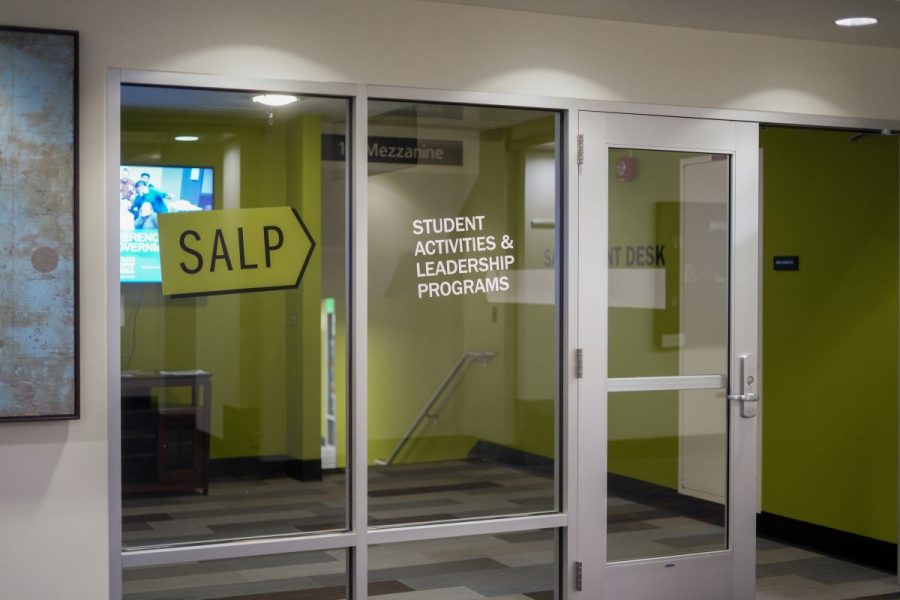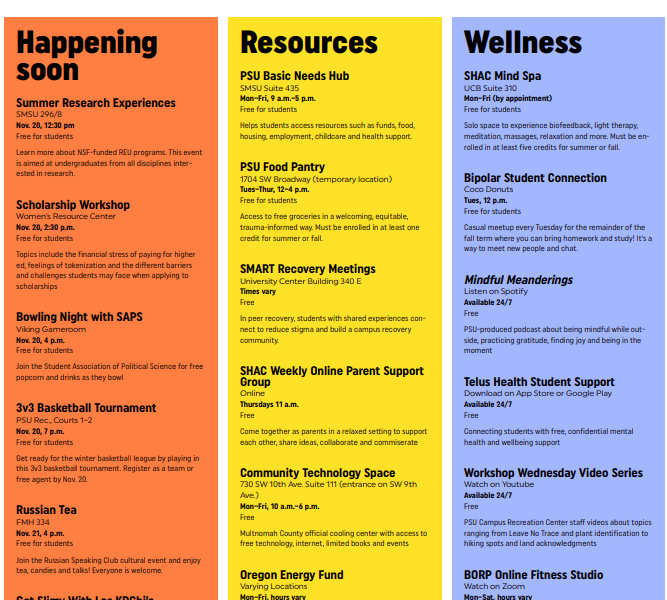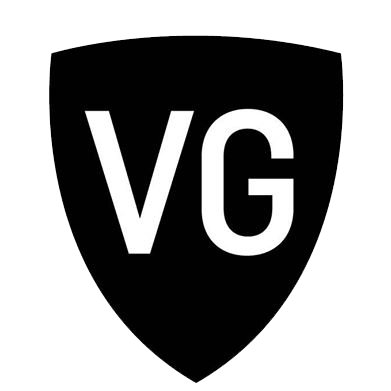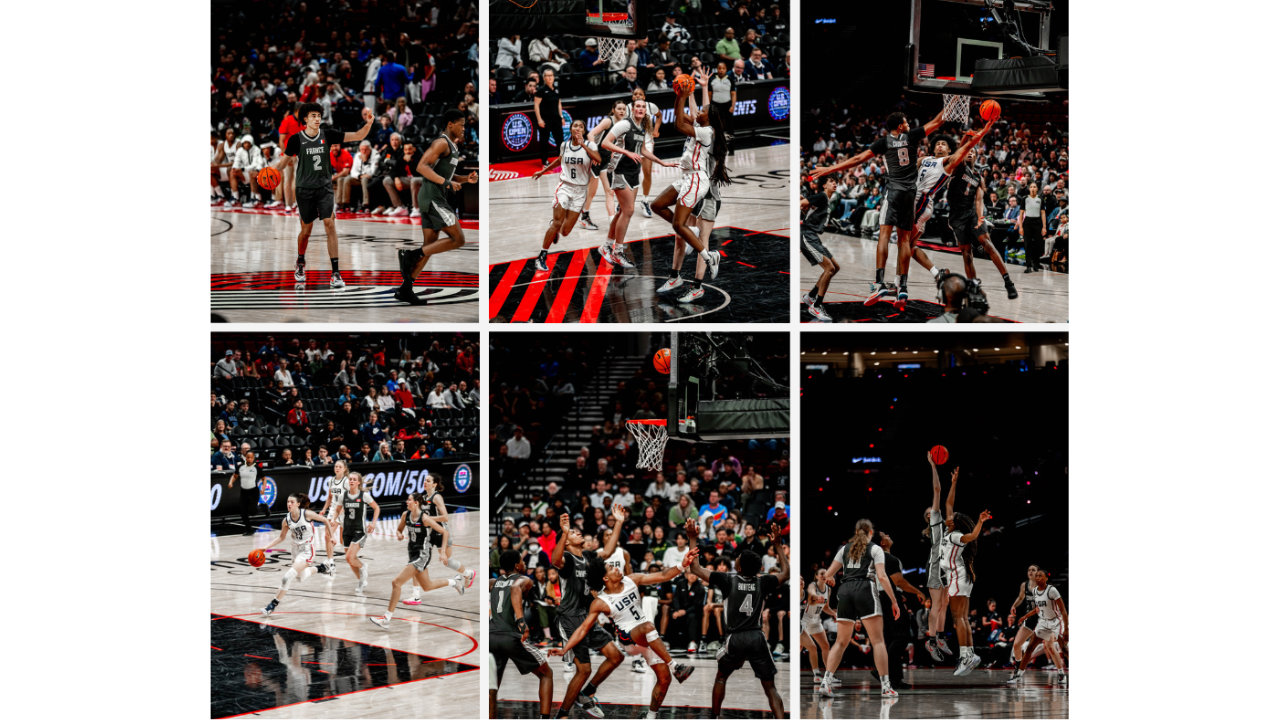A new art and literary magazine is currently underway in Portland called Invisible Force. Its “biggest goal is [for] people that are disabled to be able to tell their story,” said Anna Culver—Portland Community College student, musician, artist and the magazine’s art director.
Invisible Force originated as a student collaboration at PCC’s Accessible Ed & Disability Resources center. However, it has grown into a worldwide project, open to contributions from “anyone in the disability community or affiliated with the disability community,” said Heidi Shepherd, the editor-in-chief at Invisible Force.
This includes “people with disabilities and illnesses and also people who work and live in these types of communities,” Shepherd said. “[They] can submit articles, art, just anything that they feel needs to be seen or heard or read.”
This magazine is open to submissions in many forms, including poetry, sculpture, ceramics, photography, news or fiction stories. “I wanted this to be a creation that goes outside of the box of the normal—[of] what’s normally in a magazine,” Shepherd said. “And so I thought, ‘Song lyrics, rap lyrics—any type of creative work that we can get into print, let’s put it in here. Let’s not have a rigid parameter of what goes in.’”
The published works will represent many themes and interests. Phurbu Dolma—a contributor and design editor—explained a vision including spotlight articles on individuals with disabilities, addressing how people without disabilities can better support those with disabilities, destigmatizing mental illnesses and a column informing people who use wheelchairs or have mobility restrictions about the accessibility of spaces and events in Portland.
Invisible Force is unique in the ways that it reduces barriers to contributor submissions. One way the magazine prioritizes accessibility is by eliminating stringent deadlines and allowing contributors to submit work on a flexible, rolling schedule from one issue to the next.
Shepherd explains that the goal is to publish every single submission. This might require one-on-one development between editors and contributors. However, ultimately, “that is what this magazine is all about,” Shepherd said. “Breaking down those barriers and showing people that you can do things in a different way and still be just as successful.”
Another of the magazine’s goals is to create a space for people with disabilities to represent themselves. Their representation is not sufficiently or accurately present in our society, in many forms of media, in many workforces—including the federal government—and in our educational institutions. Shepherd points to the reality that students with disabilities in United States public schools are often separated or hidden from the wider student population.
“If we could create classrooms where we—all the students—were together, there would be no invisible community, because we would grow up knowing people with wheelchairs,” Shepherd said. “We would grow up knowing people with Tourette syndrome. We would grow up knowing people with crutches. We would grow up knowing people with visible disabilities and invisible disabilities, and we wouldn’t see them as different anymore.”
This is the reason for the name Invisible Force, because the magazine “will break down the stereotype of an invisible group of people versus people who are seen and heard,” Shepherd said.
Kimberly Juarez—a PCC graduate and a current student at PSU—is the art director for Invisible Force. “I’m inspired by the magazine, because my whole life I’ve struggled with not really being seen or understood with my disability,” Juarez said.
“I grew up in a family that didn’t really believe in mental health. So for me, most of my life was painful, because I didn’t know what was going on,” Juarez said. “If there’s someone else that’s feeling that way—that they’re not understood or they just feel like an outcast—I’d like for someone to be able to read [the magazine] and know that they’re not alone and there’s someone in a similar position as them.”
Invisible Force functions to create a community for people with disabilities, but it is also an educational resource for those outside the disability community. Dolma and Juarez expressed hope for this magazine to counter frequent issues experienced by people with disabilities, such as invasive questions, harmful stereotypes and a diminishing of their unique personhood.
“I have a disability, but I do not like to define myself with it,” Dolma said. “I am still a person emphasizing the importance that others [not] define me by a disability. Get to know me as a human… It just seems like people get so scared or afraid of certain disabilities because of negative stereotypes growing up, and it’s understandable to a point, [but] you have access to learn as well.”
People with disabilities use Invisible Force to represent themselves and engage their readers with perspectives and realities that mainstream culture often ostracizes. “I feel like that’s what we’re mostly seen as—as an Other,” Juarez said. “Like, when you think of someone who has a disability, you automatically think of them as weak, but it shouldn’t be that way. It should just be [that] it’s another person, and that person can do beautiful things just like you can.”
The first issue of Invisible Force will feature a work of art created by Culver. The piece depicts a glowing heart overlaid against a black backdrop. Within the heart is a speckled rainbow, with each strand corresponding to the symbolic colors of the disability pride flag.
Culver explained how the color scheme of the artwork represents Invisible Force, and how those who contribute to it are “trying to make this light—this little light—shine into this huge darkness,” Culver said. “And to be aware that there are these people that are disabled, and we’re not going to be hidden anymore, and we’re not going to be silenced.”
The magazine advocates for people with disabilities, and by doing so, it effectively advocates for a more equitable world in general. The interests of this community—establishing more flexible journalism standards, encouraging more physically-accessible spaces, body positivity and equitable media representation—benefit everyone.
“I want the magazine to have such an appeal that people just gravitate to it, and they pick it up, and they just don’t even realize that it’s a disability magazine made by people with disabilities,” Shepherd said.
“There’s so many things in there that we can all relate to,” Shepherd said. “You don’t have to have a disability to understand heartache. You don’t have to have a disability to understand rejection. You don’t have to have a disability to understand not being comfortable in your own body.”

